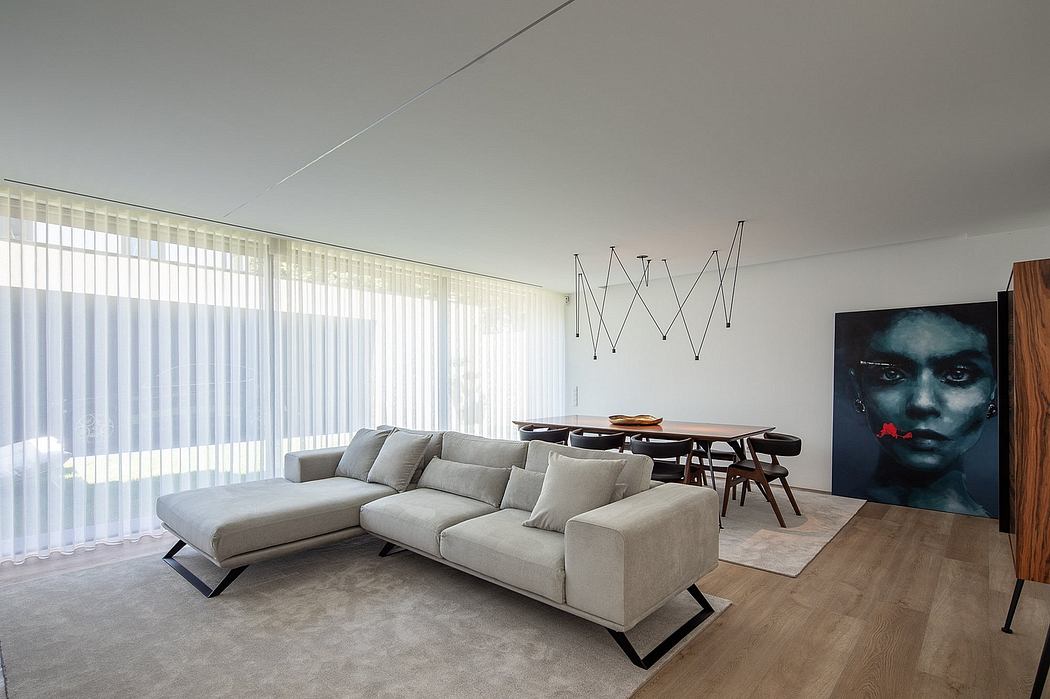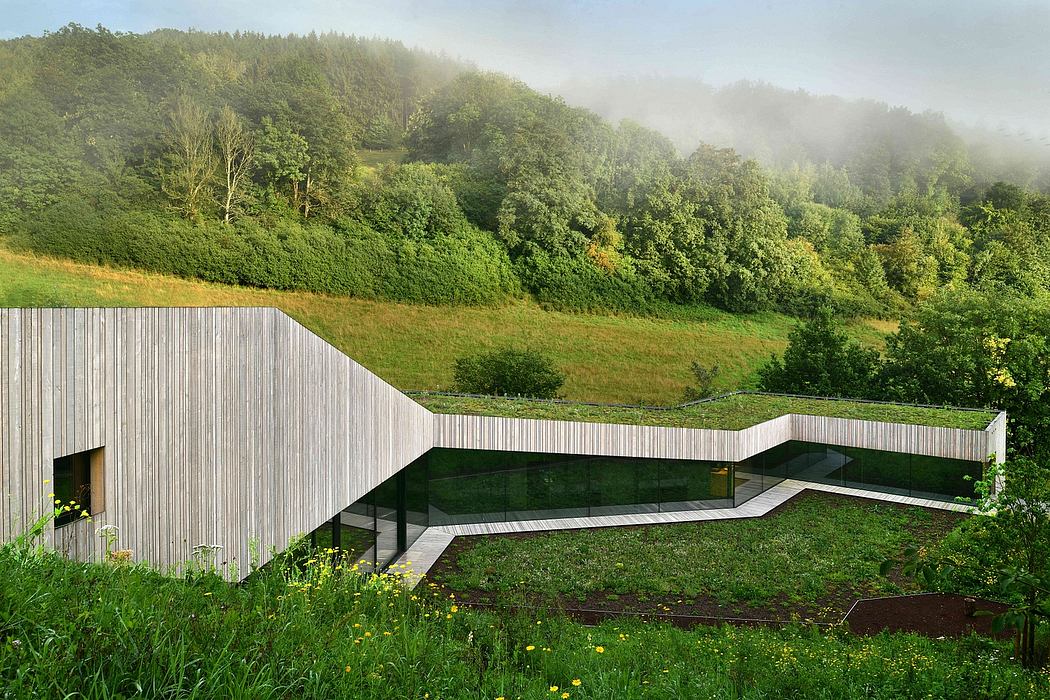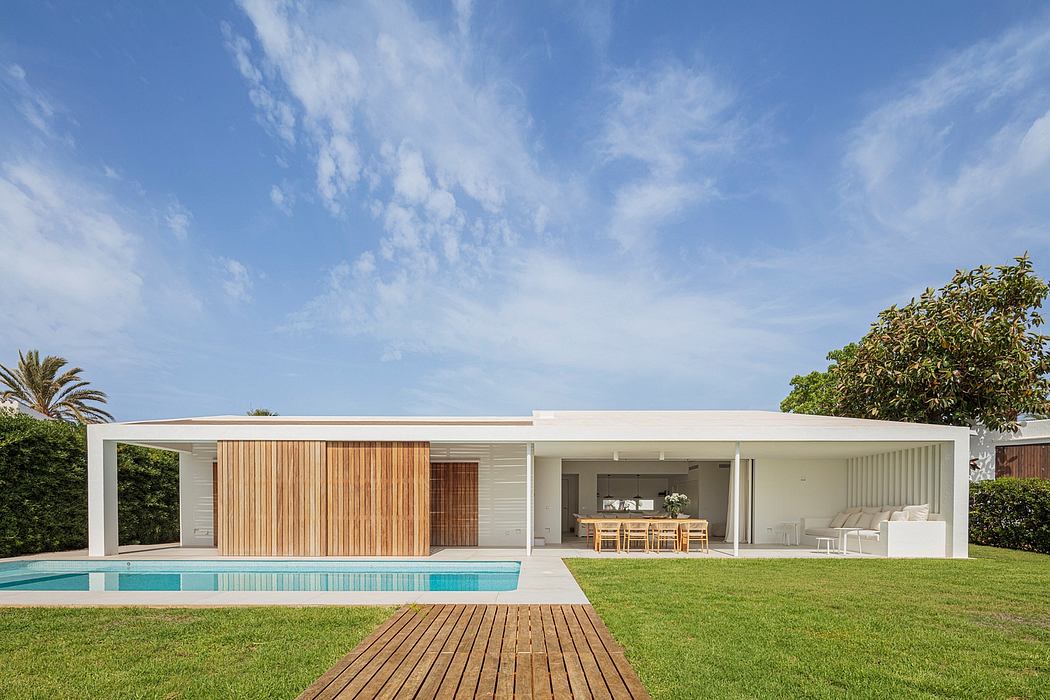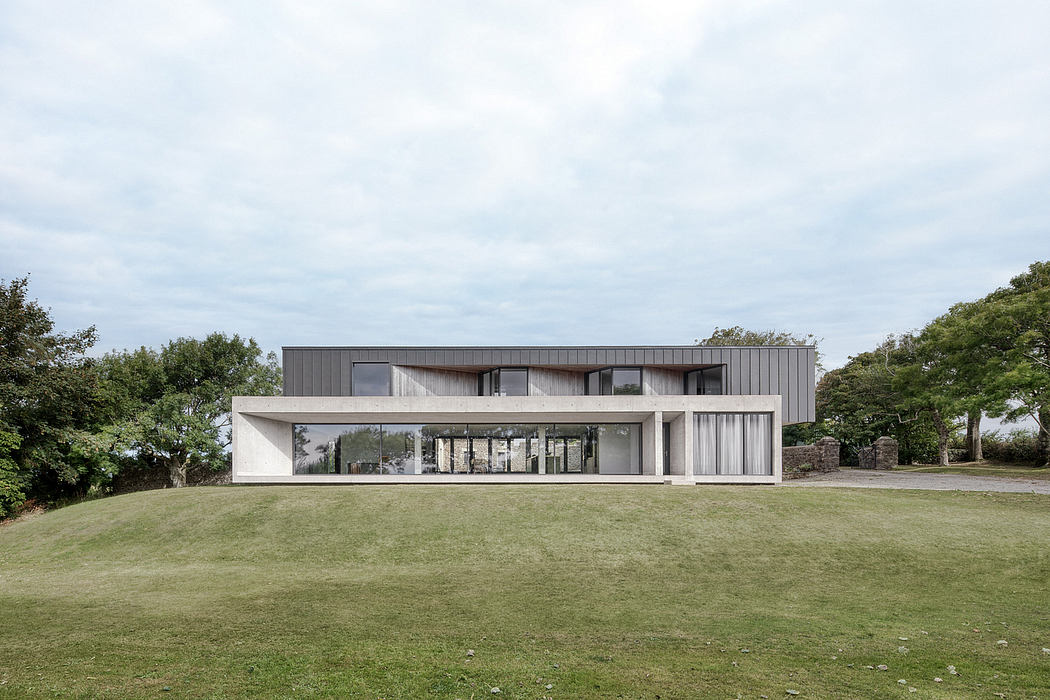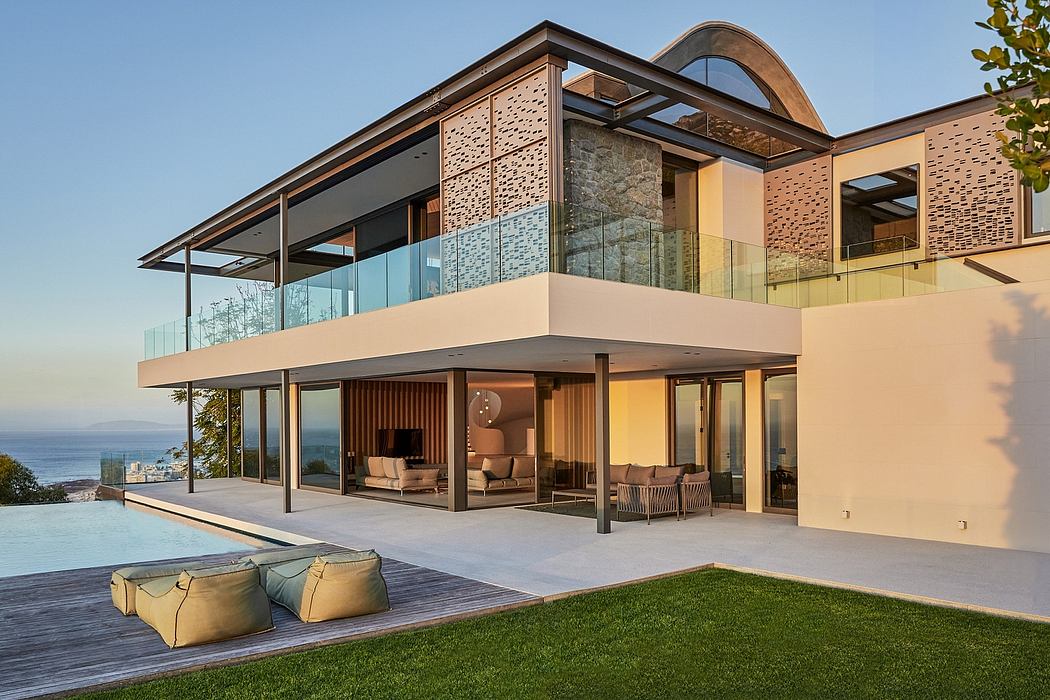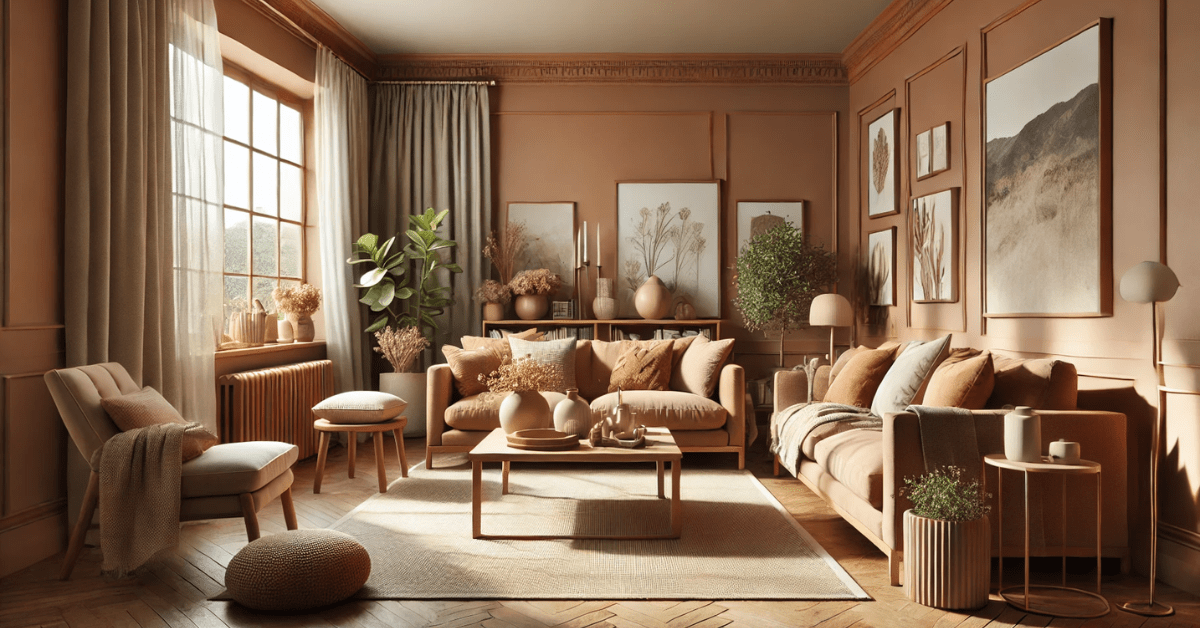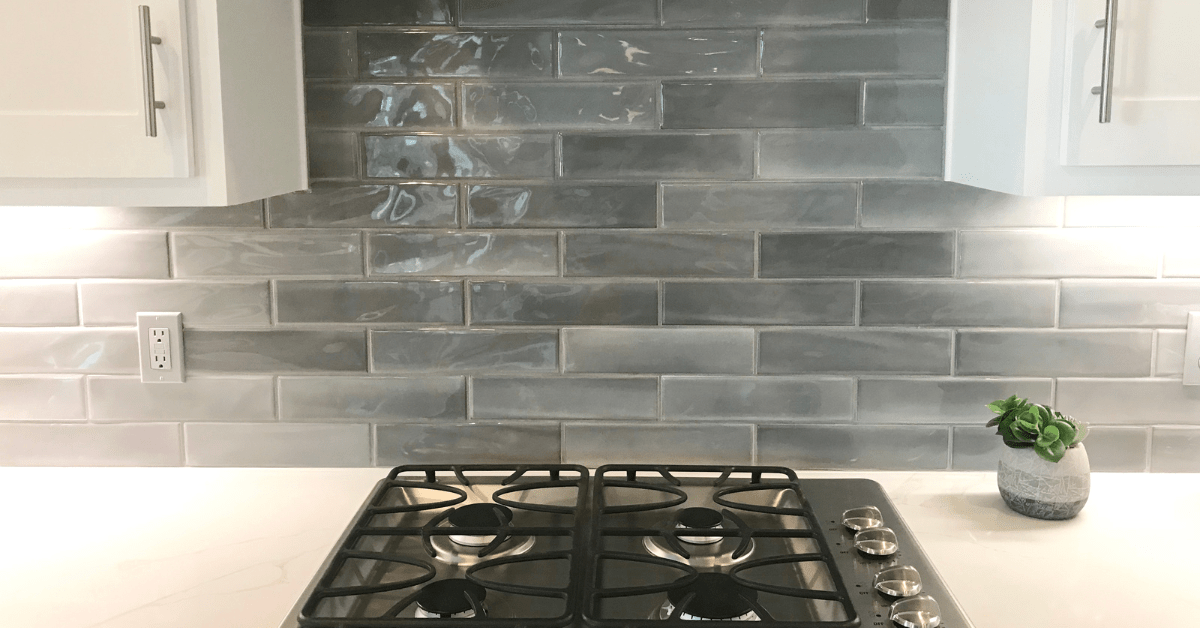Japan's compact, eccentric homes: A cultural history

A new exhibit looks at the unique conditions that created such innovative, unorthodox residential architecture Sometimes creativity needs a blank slate. Such was the case with Japanese residential architecture in the wake of World War II. With many cities destroyed, the country and its architects turned to small, quickly-assembled, single-family homes, which they constantly built, demolished, and rebuilt, creating a constant churn of ideas and innovations that created a legacy of creative, unorthodox homes. Scores of concrete fortresses and curved interiors in Tokyo prove that the experimental has become the everyday.
The Japanese House: Architecture and Life after 1945, an exhibit on display at the Barbican in London until June 25, looks for answers that explain the country?s wealth of progressive residential architecture, which has made Japan such a hotbed for creative, space-conscious design. Showcasing the work of more than 50 architects, including famous names such as Kenzo Tange, Toyo Ito, and Shigeru Ban, the exhibit delves into incredible architecture, but more importantly, places it within the country?s unique cultural context, exploring how postwar occupation, pop culture, and a different mindset about the home created a collage of creative buildings on the streets of Tokyo. Curbed spoke with Barbican curator Florence Ostende about the ways these modern Japanese homes rethink the connection between the home and city, how constant turnover encourages new id...
| -------------------------------- |
| The Making of Brick Curtain House with Watermark |
|
|





